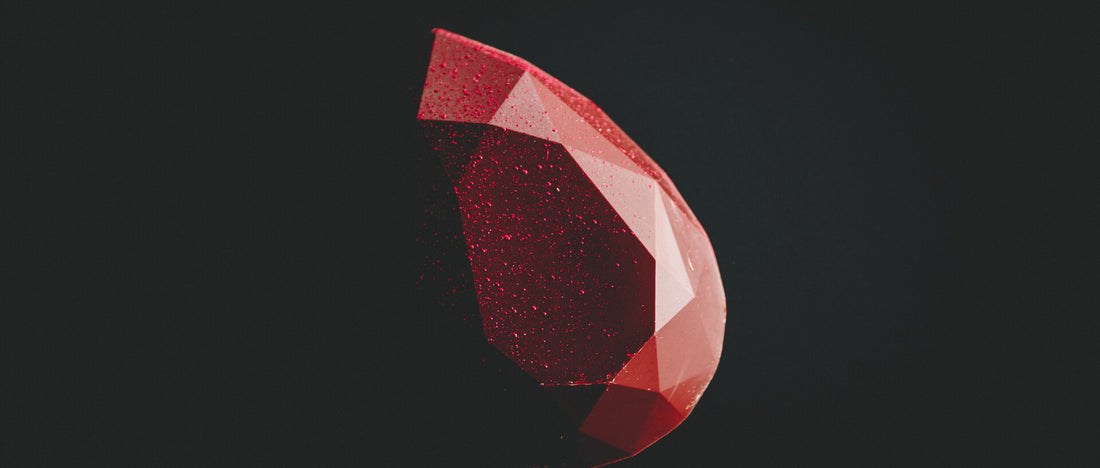
Why do watches contain jewels? Learn everything about jewels in watches
The intricacies that make a watch tick or sweep in the way it does consist of a great number of tiny moving parts. Among those tiny parts are what we in the watch trade call ‘jewels’.
Now, maybe you have seen watch brands list the specs of their movements. If so, you may have noticed that for mechanical movements they often list the amount of jewels that the movement contains.
If you don’t know about jewels in watches then you may have asked yourself questions like; Why do watches have jewels inside? Are more jewels better? What kind of watch jewels should I look for?
Today we are going to answer these questions.
Why do watches have jewels?
There is a simple explanation as to why watches contain jewels. These natural stones or jewels are used to prevent friction between metal parts in the watch. This is necessary to prevent metal parts of the movement from wear and tear due to said friction. Too much friction will cause the watch to break down sooner. This is why we need jewels and lubrication in some parts of a watch movement.
In the old days they used actual stones like rubies, sapphires and emeralds, but today we often use synthetic stones that serve the same purpose – if not better.
How does the amount of jewels in a watch matter?
In order to be called a full jeweled watch a movement has to contain at least 17 jewels. In higher quality watches you will see at least 21 jewels. These watches contain the 17 jewels that a fully jeweled watch has, plus a few extra capstones meant to reduce positional errors. If you are in the market for a high quality watch, look for watches that contain at least 21 jewels.
Do more jewels mean a better watch?
Not necessarily. The jewel’s main purpose is to reduce friction and prevent the delicate metal parts of the watch from being worn out too fast. A watch without any complications will need at least 17 jewels and more quality watches will have 21.
However, if a watch has more complications such as a perpetual calendar, a moon phase calendar, a chronograph or even a tourbillon, then you will see the number of jewels go up. Complications in a movement are all extra functionalities besides merely telling time and each complication will make the watch movement more complicated, thus requiring more jewels to protect all the parts from friction.
The amount of jewels will tell you how complicated the movement is, but more jewels does not necessarily mean a better quality watch.
Did you know the world’s most complicated watch has 242 jewels in its movement? Try and beat that…
What kind of (precious) stones are used in jewel bearings?
Ever since the invention of jewel bearings in 1704 we have used all kinds of (semi-)precious stones to make them. We used stones such as sapphire crystals (which are also used for the watch glass in high quality watches), rubies, garnets or even diamonds to make jewel bearings.
Nowadays we can create rubies and sapphire glass, which is the most scratch-resistant type of glass material available – completely synthetically. The type of jewel however does not have as much impact on the smoothness of movement as the level of sophistication and design of its internal parts.
Rubies are most commonly used in bearings, yet sapphire crystal bearings are more suited for some movement designs. Emeralds on the other hand are solely used for decoration. There is no particular jewel better than the other and it really depends on the movement and placement of the jewel that determines which stone suits its needs.
The jewels in pOrtahl's Swiss made STP1-11
Our hero watch called Peacemaker contains the STP1-11, made in Switzerland. This movement sports 26 jewels protecting its intricacies and delicate watch parts. That is one jewel more than its ETA counterpart. This extra jewel is used to support the top of the barrel arbor, improving its longevity. If you would like to learn more about the STP1-11 used in pOrtahl’s Peacemaker, click here.Want to stay up to date on the pOrtahl project? Join the project by subscribing to our newsletter on our homepage.
